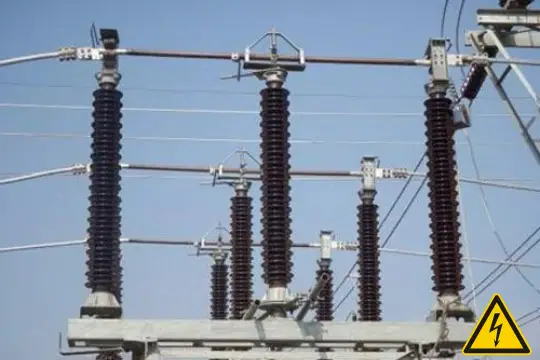Why isolator should not be operated on Load?
An isolator is a crucial component in the electrical power system. It is a type of switchgear that provides a means to disconnect a part of the electrical circuit when it is under no-load condition. It is a manually operated device, designed to disconnect a portion of the electrical circuit when it is not carrying current. The primary purpose of an isolator is to ensure that an electrical circuit can be completely de-energized for service or maintenance.

The operation of isolators in loaded conditions is highly discouraged due to several reasons, it is mainly applicable to isolators used in high-voltage equipment like transmission lines, transformers, and circuit breakers :
- Insufficient Interruption Capability: Foremost isolators are not designed to interrupt the load current like circuit breakers. They lack the arc quenching capability, which is essential for safely interrupting the circuit’s power flow.
- Arc Formation: When an isolator is opened under load, the current flowing through the circuit tends to produce an arc across the separating contacts of the isolator. This arc can cause significant damage to the equipment and pose a safety risk.
- Risk of flashovers: If an isolator is operated under load, the high voltage across the open contacts can lead to flashovers, causing damage to the isolator and other equipment in the vicinity.
Isolators must be operated correctly to ensure the safety of both the equipment and the personnel involved. It should be operated on a no-load condition where the current flow is approximately equal to zero.